WordPress is one of the top Content Management Systems (CMS) used by individuals and businesses to create different web pages. One of the features that makes WordPress a choice for many is its plugin support. A plugin extends the functionalities and capabilities provided by WordPress themes and the WordPress platform itself. One of these plugins is the WordPress client portal. We’ll discuss five of these plugins in this article.
If you already have a website that runs on the WordPress platform, it makes sense if you just want a client portal WordPress plugin, instead of going the route of a dedicated client portal software. Deploying your portal solution through a plugin makes for an easy and quick setup. There are, however, certain limitations to using client portal plugins for WordPress.
Table of Content:
- The Difference Between a Client Portal Software and a WP Plugin
- The advantages and disadvantages of WordPress plugins for creating client portal
- How to Create a Customer Portal in WordPress
- 5 WordPress Plugins to Create Client Portals
- How Clinked Can Help you Create Your Own Client Portal
- Wrapping up
What is a client portal?
A client portal is a secured online platform designed for businesses in the client-facing industry to share information and collaborate with their clients. So you will find client-specific pages used by law firms, real estate agencies, and consulting firms. Healthcare providers and financial institutions also use them.
The Difference Between a Client Portal Software and a WP Plugin
Choosing between a dedicated client portal software and a WordPress plugin can significantly impact your business operations. While both solutions aim to facilitate client interactions, they differ greatly in terms of capabilities, customization, and performance. Understanding these differences will help you select the most suitable option for your needs.

Clinked Client Portal Solution
1. Purpose and Design
Client portal software is specifically designed for secure, feature-rich client interactions. These platforms are built to provide extensive customization options, robust security measures, and seamless integrations. They are tailored for professional use, offering a tailored experience with advanced functionalities that cater to various client-facing industries.
In contrast, WordPress plugins for client portals are more limited. While they serve a similar purpose, they often come with preset templates and basic features. This makes them more suitable for simpler needs but less adaptable to the specific requirements of professional client interactions.
2. Customization and Features
Dedicated client portal software excels in customization. These platforms allow you to adjust designs, layouts, and functionalities to match your brand and workflow precisely. They offer advanced features like detailed activity tracking, enhanced file sharing options for clients, and task management, which are essential for maintaining efficient and effective client communication.
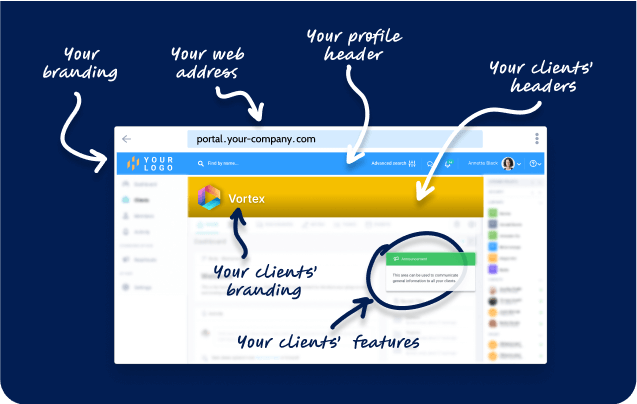
WordPress plugins, however, offer limited customization. Adjusting layouts, color schemes, and adding functionalities usually requires complex coding or additional plugins, complicating the overall setup and maintenance process. The features provided are often basic, which may not cover all the needs of a growing business.
3. Integrations and Performance
Integrations are another area where dedicated client portal software outshines WP plugins. These platforms are designed to integrate seamlessly with other tools and software, creating a unified system that enhances productivity and workflow efficiency. They support a wide range of integrations, making it easy to connect with your existing tools.
On the other hand, WordPress plugins can pose integration challenges. They might not support all the necessary integrations you need, leading to inefficiencies and additional manual processes. As your business grows, plugins not designed to handle high volumes of data or users may struggle with performance issues, resulting in slower load times and increased downtime.
4. Security and Scalability
Security is a critical aspect of client portals. Dedicated client portal software provides robust security measures, including regular updates, dedicated support, and compliance with industry standards. This ensures that your client data is protected against breaches and unauthorized access.
WordPress plugins rely on the plugin developer and WordPress core updates for security. If a developer focuses more on its dedicated software than the plugin, this could mean limited security updates and bug fixes. Additionally, the overall security of your WordPress website impacts the security of the client portal, posing a risk if not managed properly.
5. Client Portals vs. Customer Portals
First, some plugins labeled as “client portal” on the WordPress platform are actually for building membership or customer portals. Though they might seem like the same thing, a client portal and a customer portal offer distinct solutions.
The main distinction is the former is perfect for pros in the client-facing industry like lawyers and finance folks, and the latter is great for e-commerce and retail stores that want to provide self-service options like order tracking and account management to customers.
The advantages and disadvantages of WordPress plugins for creating client portal
There are many benefits to using WordPress plugins to build client portals. WP portal solutions also don’t come without their downsides. We explore both sides below.
Advantages:
- Easy setup: You don't need any coding skills to get them up and running. Just install the plugin from the WordPress plugin page.
- Responsive Design: This is a design approach that ensures that the portal interface adjusts to the different screen sizes.
- Affordability: Outside of extensions or add-ons, many WP client portal plugins are low-cost and affordably priced. You will also be saving on development costs required for custom portals.
- User-friendly Interface: Even though many have outdated UI, WordPress plugins for portals still come in a simple design that can be intuitively navigated.
- Seamless Integration: Integrating the portal plugin with your existing WordPress website can be done with one click.
- Customization: Even though customization with WP portal plugins is relatively limited, you still have a decent amount of options to customize the look and feel. For developers offering paid extensions/add-ons, you have more customization controls for brand identity uniformity.
Disadvantages:
- Security Risks: Your WP portal is as secure as your WordPress site. Any security vulnerabilities in the plugin(s) or your website can put your client data at risk.
- Limited Functionality: It's difficult to find a single plugin that will offer all the specific features your business requires. Combining plugins may result in complexity and possible conflicts.
- Compatibility: A WordPress client portal plugin may not be compatible with your WordPress theme. Theme or plugin changes may be required, creating complexities.
- Performance Issues: Installing, managing, and updating multiple plugins can slow down your website, affecting speed and user experience.
How to Create a Customer Portal in WordPress
As we've described so far, building a client portal directly through a WordPress dashboard isn't a difficult task. We wouldn't, however, be getting into the specifics of how to create a client portal in WordPress as that’s dependent on the WordPress plugin you choose. But here’s a quick look at the steps to getting a client portal in WordPress.

- From your WordPress dashboard, navigate to Plugins > Add new.
- Search for a client portal, or look up the name of the portal plugin you already have in mind or researched. Alternatively, you can upload a plugin you download from the developer’s website by clicking Upload Plugin on the add plugin interface.
- Click Install Now and Activate after installation is done.
Every plugin provider usually has installation instructions on their page. So make sure to check for that, and don’t hesitate to reach out to a developer for support if you need some help.
Let’s look at 5 top WordPress plugins to create a client or WordPress customer portal in 2024.
5 WordPress Plugins to Create Client Portals
A simple search for “client portal” on the WordPress plugin directory returns 200+ results. Making a selection from such a list can be challenging. So we picked 5 of them based on ratings and features so you don't have to go through that many options yourself.
1. Clinked
Clinked is a client portal-focused solution that's offered as a WordPress plugin and a dedicated portal platform. The plugin is free for three users with the option to purchase any of its premium plans starting at $119/month. Getting on the premium plan gives access to full functions and extended features.
Important Note
Clinked is available both as a standalone client portal software and as a WordPress plugin. However, to fully leverage our platform's extensive features, robust security, and seamless integrations, we highly recommend choosing our standalone client portal solution over the WordPress plugin. This ensures you receive the best possible experience and capabilities that Clinked has to offer.
One of the pluses of using Clinked is the branded, white-label offering. White-label means you can customize the feel and look of the portal so it has only your unique brand elements. Unlike other portal software that “locks in” their branding, you have the option to use the logo and other design elements of your business throughout the platform.
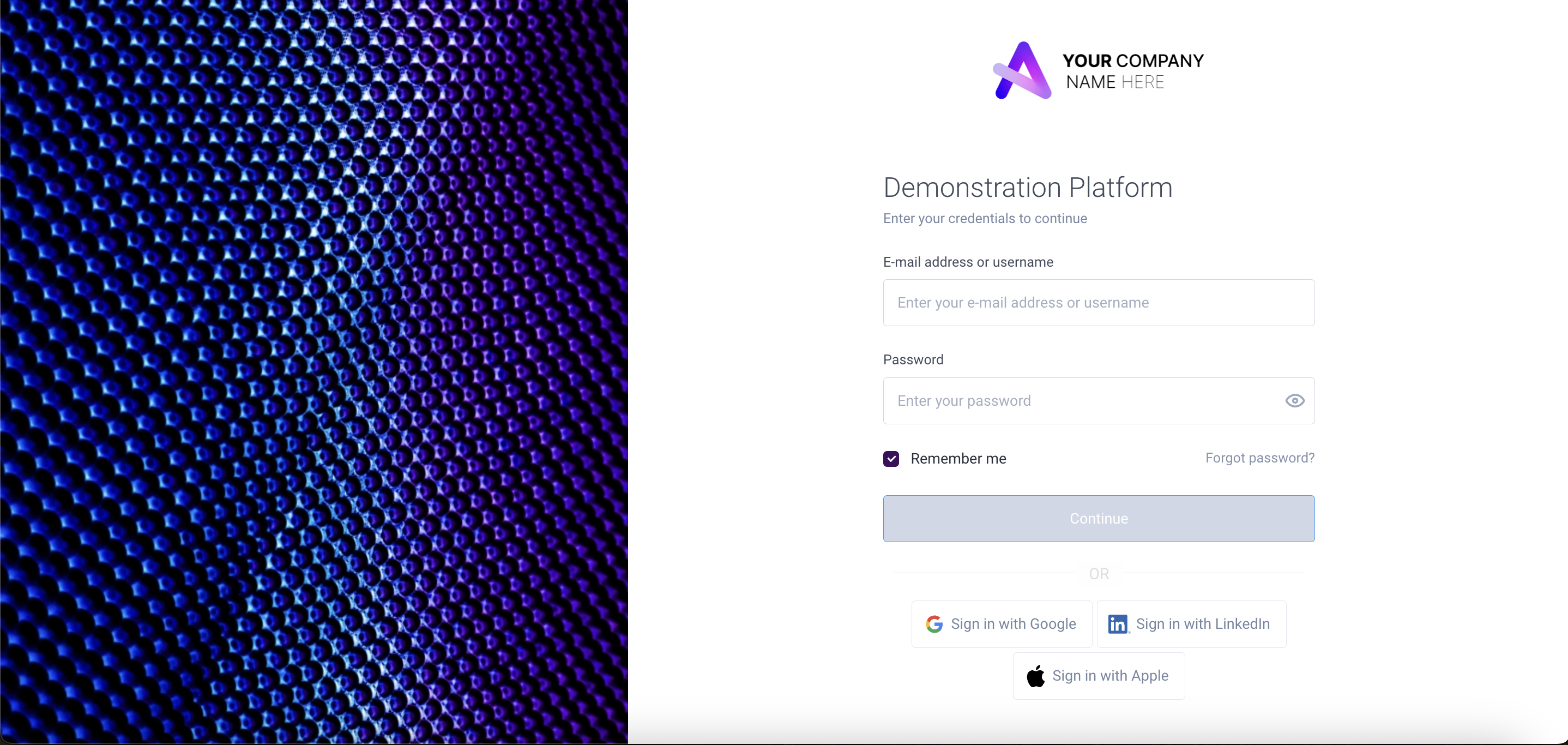
Another top feature of Clinked is the option to get a separate mobile iOS or Android app, giving your clients and customers the flexibility to communicate and collaborate with your business teams wherever they are on mobile.
Clinked isn't just an online environment where businesses and clients can communicate and share files. The platform features many collaboration tools project teams can use to keep track of activities, timelines, and more.
Part of these collaboration tools is the @mention messaging feature that can be used to tag and get the attention of team members for quick feedback or updates on a project.
The plugin is built with safety in mind but as mentioned in preceding sections, how secured your client portal is tied to the overall security standing of your WordPress.
If you encounter limitations with the Clinked WordPress client portal plugin, the Clinked client portal standalone solution will be worth looking into. The dedicated option can directly integrate with your existing WordPress website. This way, you get more robust features, stability, security, and extensions on a cloud infrastructure while still keeping your website.
2. Jetpack CRM

Jetpack CRM is primarily a customer relationship management (CRM) software plugin that has an extension for a client portal. Jetpack says its build is for individuals or businesses looking to keep track of their subscribers and contacts. E-commerce sites, professional freelancers, startups, local businesses, nonprofits, and more can benefit from the features and functionalities it provides.
Jetpack is free to use, meaning you can use its core functionality without paying anything. Functions and features offered in the free plan may not be enough to support serious business needs though. So you will have to upgrade to any of the three Jetpack Pro plans or buy its individual CRM extensions.
Jetpack works by making the plugin free with access to basic features. Then there are over 30 CRM extensions, including sales dashboard, CRM funnels, invoicing pro, API connector, and client portal pro.
In the free version, your contacts can access their portal. They can view quotes, invoices, transactions, and do other things. But to unlock its full capability, you have two options.
The first option is to buy the client portal extension alone for $79/year.
The other option is to subscribe to its Entrepreneur plan of $17/month billed yearly. With this, you get access to the client portal and other 30+ plus extensions.
Jetpack portal solution has an invoicing feature. This lets you directly create and send invoices to your clients. If you have the invoicing pro feature, customers can pay invoices via Stripe or PayPal.
Whatever you want your customer or client to share with you can be added as a task. For example, if you want a contact to provide their identity proof, adding it as a task displays it on their portal. Once they attend to the task, it gets marked as complete.
There are many other features that you can use to customize the portal further.
3. WP Customer Area

WP Customer Area is a free, open-source customer/client portal software that can be used to create a membership hub for customers and clients.
The plugin is free to use with features offered in the free plan being enough for the needs of regular users. WP Customer Area plugin comes with features you'd expect in a plugin of its class. In the customer area, customers can have access to private pages and files assigned to them by an admin.
Assigning private pages or files to specific users lets businesses deliver relevant document updates or messages to specific clients.
Getting advanced capability requires buying extensions from the developer's website. PayPal payment gateway, search function, owner restrictions, manage groups, and invoicing are some of the add-ons offered for extending the functionality of the plugin.
The comment feature lets you tag customers, clients, students, or team members so they don't miss out on important details shared.
The plugin works with page builders such as Bricks Builder and Oxygen Builder. For more popular web page builders like Divi and Elementor, an extension integration is required and can be purchased for a fee. Integration with existing WordPress themes is also possible. This gives users the ability to customize the plugin appearance using existing website themes.
Being an open-source and developer-oriented plugin means programmers can use action hooks, filters, and more provided options to create useful automation scripts and other personalized features.
Users have reported receiving quick customer support from the developer, so that's also a plus. WP Customer Area comes in different languages, including English, Dutch, Italian, French, and Turkish, with translation provided by voluntary contributors.
4. SuiteDash
SuiteDash is an all-in-one WordPress client portal tool that can be used for Customer Relationship Management, sales funnel, and customer/client portal. Its many provided modules make it possible for the plugin to serve these functions. The software is provided on a three-tier subscription, with the entry plan priced at $19/month and a free trial option to sample all features for 14 days.
The Appointment Scheduling feature can be used by individuals or businesses for their customer or client-facing needs. Clients can easily schedule appointments at their own pace without having to do so over phone calls or emails. Appointments being made and stored on the platform reduces the risk of missed appointments or double bookings.
As you’d expect from a client portal for WordPress, the plugin provides the option to share files securely with clients. It also comes with a messaging module for sending private messages to customers or your team.
There is a Project and Task Management module that the app provides that can be used to track the progress of clients' project tasks. It comes with a labeling feature that shows the status of all tasks. This option lets you have a clear view of tasks that are urgent, on hold, in progress, or completed.
The invoicing feature shows what payment is fully paid and if there’s any open balance amount. You can also provide your clients with an in-app payment option so they can make outstanding invoice payments via Stripe, PayPal, or card.
Other features of the tool are a learning management system for educational institutions and support tickets for customer service operations.
5. Simple Membership
Simple Membership is a membership plugin that can be adapted as a WordPress customer portal. Use it to offer exclusive content and services to members who pay a one-time or recurring fee. The plugin is free to use and so are some of its add-ons. There are, however, premium add-ons you can buy to extend its functionalities.
The plugin can be used to protect pages and posts so that only paid members can view protected content. You have the option to set up unlimited membership access levels, with each tier having content access limitations. Non-logged-in members are directed to log in before they access a protected page.
Admins have the option to save private notes about members. This provides a convenient way to keep track of important information shared with clients and customers.
Accepting payment for membership subscriptions is through PayPal and Stripe. Both options can be used to receive one-time payments and recurring fees. The platform also offers support for the Braintree payment gateway, which can only be used to accept one-time payments.
Membership payment logs are recorded in the payment menu accessible from the admin dashboard.
The plugin also gives developers an API function for adding new features related to querying, creating, and updating member's accounts. The plugin should work with your existing WordPress theme without compatibility issues, so you can keep your existing theme.
The plugin provides multilingual support. It supports 30+ languages and with an option for contributors to provide translation into other languages.
While Simple Membership may not have features and functions you’ll find in a standard standalone client portal, its provisions will be suited for individuals and small businesses looking for a customer portal WordPress solution.
How Clinked Can Help You Create a Client Portal
Clinked as a cloud-based, dedicated client portal software that can help you create your own client portal in 3 steps.

Step 1: Identifying goals and purpose
There’s no doubt you know the unique needs of your clientele and business inside and out. But how can you align those needs to a portal with your client portal? This is where Clinked will first come into the picture.
If you are unsure about the direction you'd like your portal to go, our support representative can come in for a consultation with you. The goal is to discuss what a befitting platform is for your business.
If you run a law firm, for example, the goal and purpose of your portal might be to streamline the exchange of legal documents. In addition, you might want to provide a secure communication channel between attorneys and clients and schedule confidential consultations.
Regardless of the need, we have experts who’ve worked with many businesses in client-facing industries. So pinpointing the direction of your client portal solution wouldn't be a challenge at all.
Step 2: Setup and Customize Your Portal
Once the direction of your platform has been established, the next step on the list is to use Clinked’s no-code development infrastructure to create a robust and customizable portal for your business.
Based on the established needs, your business will get all the required customizations to address the specific requirements of your business.
This could mean, for example, configuring your portal dashboard to highlight the most used features, or creating dedicated workflows that mirror your business operations.

We build Clinked portals in such a way you don’t need specialized tech knowledge to make customizations. With those who aren’t tech-savvy in mind, Clinked portals are easy to set up and customize.
Step 3: Integrate With Your Apps
Clinked provides integration support for apps you already use in your business. So once you are done with the initial setup, start connecting all the apps you use to Clinked.
Integration enhances functionality and enriches your customer portal with seamless workflow and data sync.
Services you can integrate with include Google Workspace, Jotform, Dropbox, DocuSign, and Zoom. For even more apps, use Zapier to create workflows with many more web services.
Wrapping up
Creating a client portal on the WordPress platform doesn’t have to be a challenge. With many plugin options that easily integrate with your existing templates and the design of a WordPress site, you can have a WordPress portal live in no time.
Because functionality can be limited depending on business requirements, dedicated client portal software solutions present themselves as a great alternative to WordPress customer portals.
Clinked not only has a WordPress plugin for building client and customer portals but also a more robust solution—its dedicated, cloud-based client portal infrastructure.
Integration to different Content Management Systems, including WordPress, makes the Clinked dedicated client portal a great and desired option if you want to keep your website and portal accessible on WordPress.
If you’d like to see Clinked integration with WordPress in action, a representative will be glad to have a personalized consultation and show you how it works today.


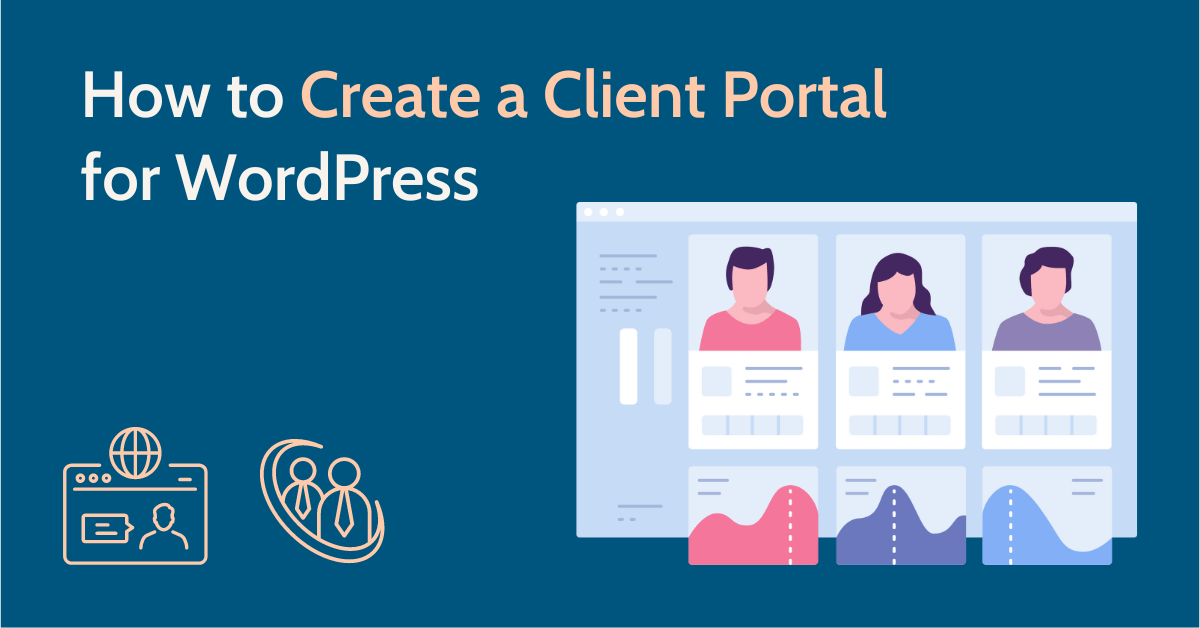





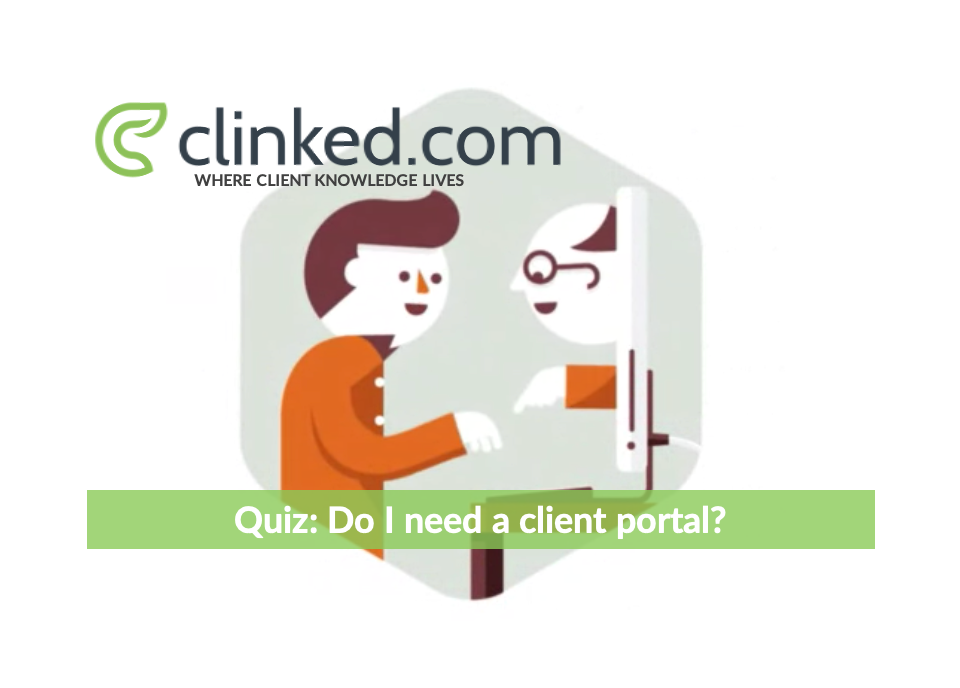

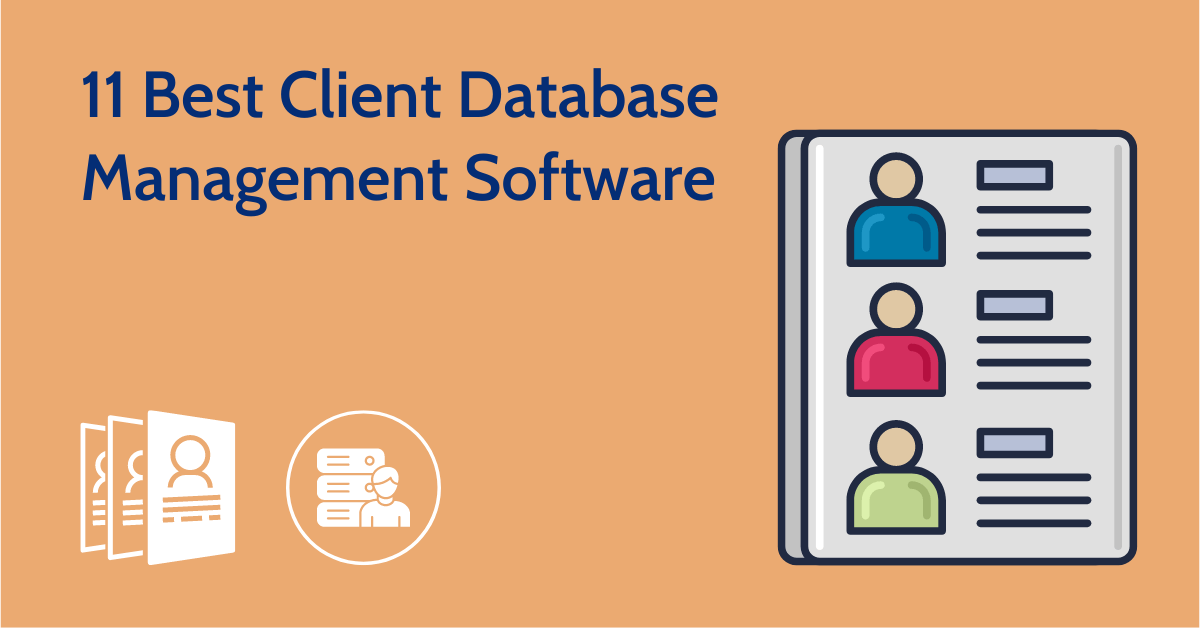
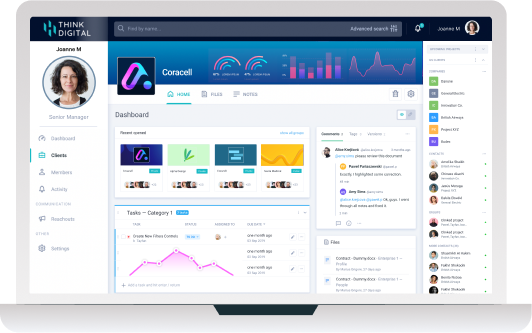

Let Us Know What You Thought about this Post.
Put your Comment Below.